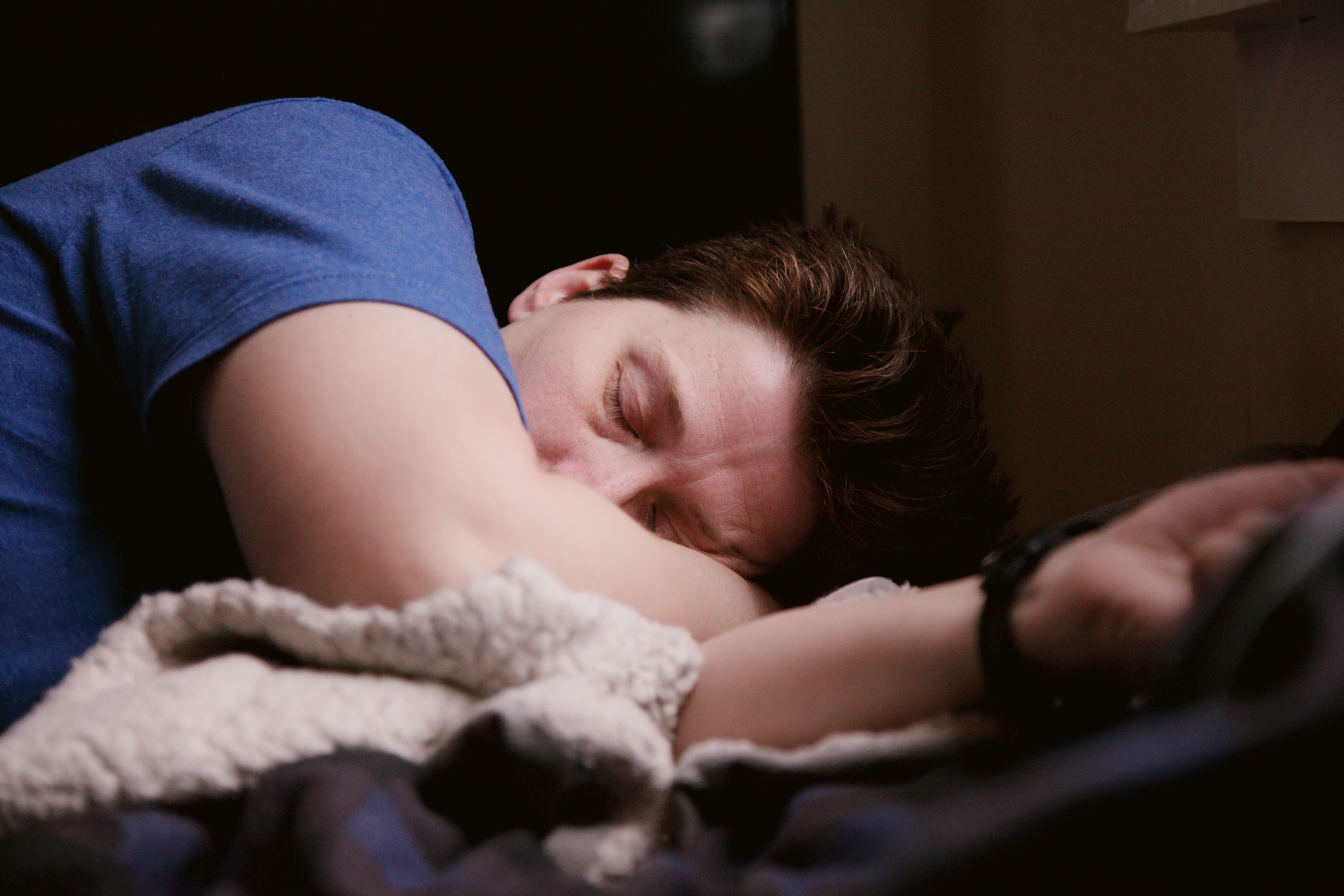

Did you know that losing only 1 hour of sleep takes four days to recover? Sleep debt, the difference between how much sleep you actually get and the amount of sleep you need, is amounting to a public health crisis. According to the National Sleep Foundation, most American workers accumulate sleep debt over the week and try to compensate over the weekend. This is because of a disparity between optimal sleep duration or OSD (how much sleep we need) and habitual sleep duration or HSD (how much sleep we actually get). The difference between OSD and HSD is called potential sleep debt or PSD.
Unfortunately, sleep debt is quite unforgiving. Chronic sleep deprivation can affect daytime energy levels, job performance, immunity, memory, metabolism and other markers of health. Understanding sleep debt is fundamental to understanding how much sleep we need to function optimally.
Sleep is governed by two main mechanisms: the circadian rhythm and homeostasis. This is called the two-process model of sleep regulation. Circadian rhythm is the sleep-wake cycle our organs go through in a 24 hour cycle. Homeostasis refers to the chemical, physical and hormonal changes that the body uses to maintain a steady and consistent internal state. When we get less sleep than our bodies require, the body carries that sleep debt through these homeostatic mechanisms and attempts to compensate for lost sleep by promoting sleepiness and requiring more sleep the next opportunity it gets. This is called sleep pressure. The more sleep debt we accumulate the more sleep pressure is exerted by the body’s homeostatic mechanisms.
According to this model, optimal sleep duration is the sleep time we require after resolving all our sleep debt. Optimal sleep duration also differs from one person to another. There have been many approaches to measure the optimal sleep duration for a give. Individual. One of my favourite experiments was one conducted by a sleep research group in Japan.
The researchers recruited a group of healthy individuals and gave them the opportunity to sleep for 12 hours a night over 9 consecutive days after a baseline night with a set 8 hours of bed time.
The average sleep duration at home (habitual sleep duration) and during the baseline night was approximately 7.37 hours a night. The showed a very interesting change in total sleep time during the 9 days of the experiment. During the first night, the participants spent 10.59 hours asleep on average. This was significantly higher than their baseline and habitual sleep duration. The average sleep time of the participants continue md to decrease for the first 4 nights until it stabilised from night number 4 through to night number 9.
The experiment revealed that most of the participants had an accumulated sleep debt which they repaid over the first 4 nights of the experiment when they had the opportunity to sleep for 12 hours a night. The average sleep debt for these participants was approximately 1 hour ;(calculated by subtracting habitual sleep time from optimal sleep time). The average optimal sleep time was found to be 8.41 hours. Furthermore, participants with lower habitual sleep time were found to have higher sleep debt durations.
The most striking observation in this study was that, when surveyed, the participants had awareness of any problems with their sleep. They denied any day time sleepiness and did not think they had any sleep debt!
Another interesting finding is that the feeling of sleepiness disappeared before the sleep debt was fully resolved. During the first day of the experiment after sleeping for 10 hours, the participants reported no sleepiness but they remained to sleep more than acerage for another 2 nights before their sleep debt was resolved. Suggesting that our energy levels during the say can adapt to low sleep and may not always be a reliable indicator of poor sleeping habits.
The study also showed a significant improvement in key metabolic functions during the 9 days of optimal sleep. Average blood glucose concentration was lowered and HOMA-β, which is a marker of insulin resistance, improved. This is despite the participants being healthy and not having any metabolic health problems. This suggests that the time it takes for sleep duration to recover is not only related to restoring optimal energy levels and cognitive performance, but to restoring underlying metabolic changes associated with sleep deprivation which may take longer to recover.
This study shows that relying on our perceived energy levels may not be the best indicator of sleep debt. Perhaps a better estimation is the presence of a rebound increase in total sleep time when we are free to sleep for longer than usual. Because optimal sleep time is variable from one individual to another, a better aim for improving our sleep behaviour could be to minimise sleep debt rather than try to achieve a specific sleep duration target.
https://www.ncbi.nlm.nih.gov/labs/pmc/articles/PMC2892834/
https://www.ncbi.nlm.nih.gov/labs/pmc/articles/PMC5075948/
https://www.ncbi.nlm.nih.gov/labs/pmc/articles/PMC5491935/
https://www.scientificamerican.com/article/fact-or-fiction-can-you-catch-up-on-sleep/